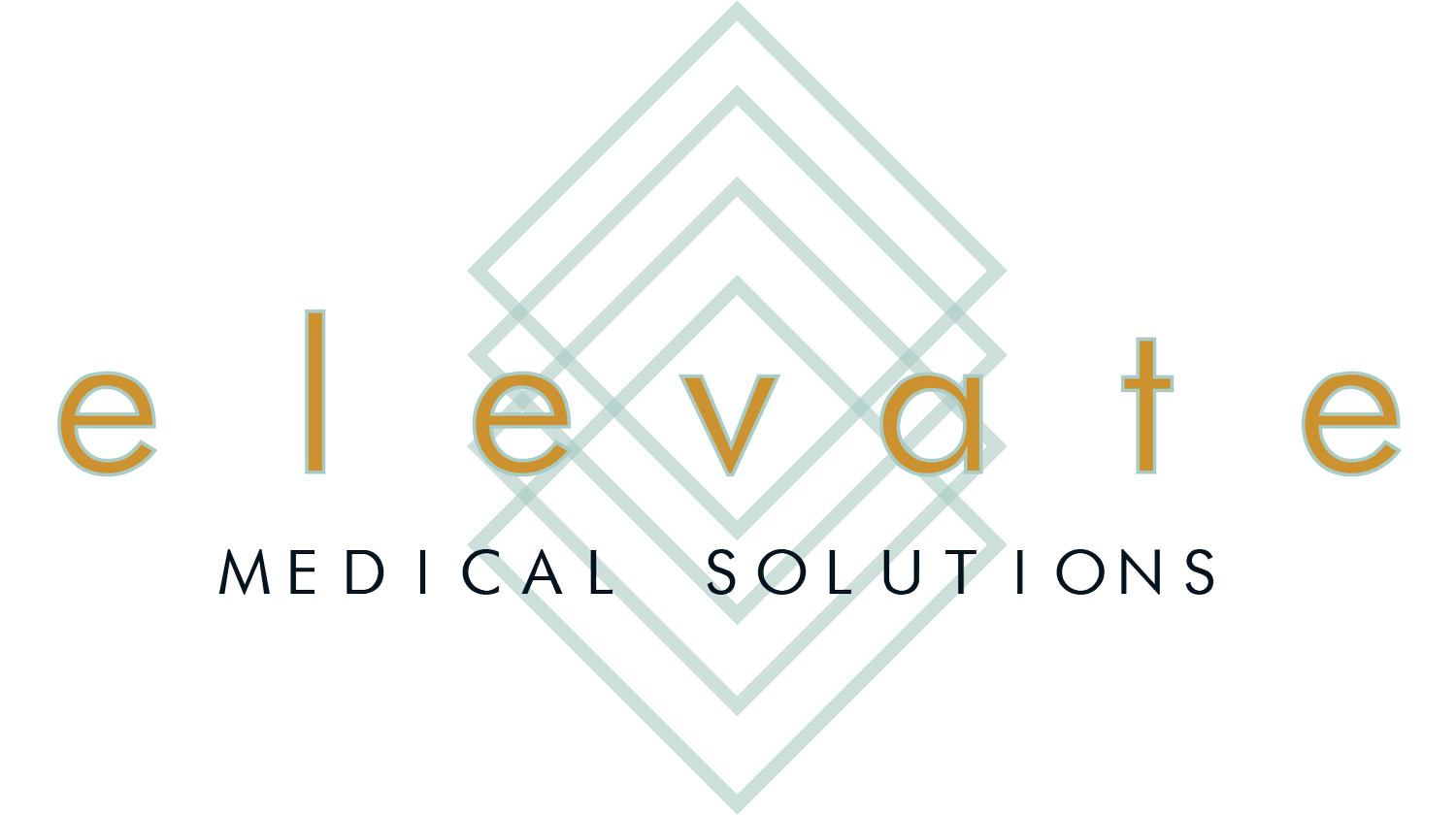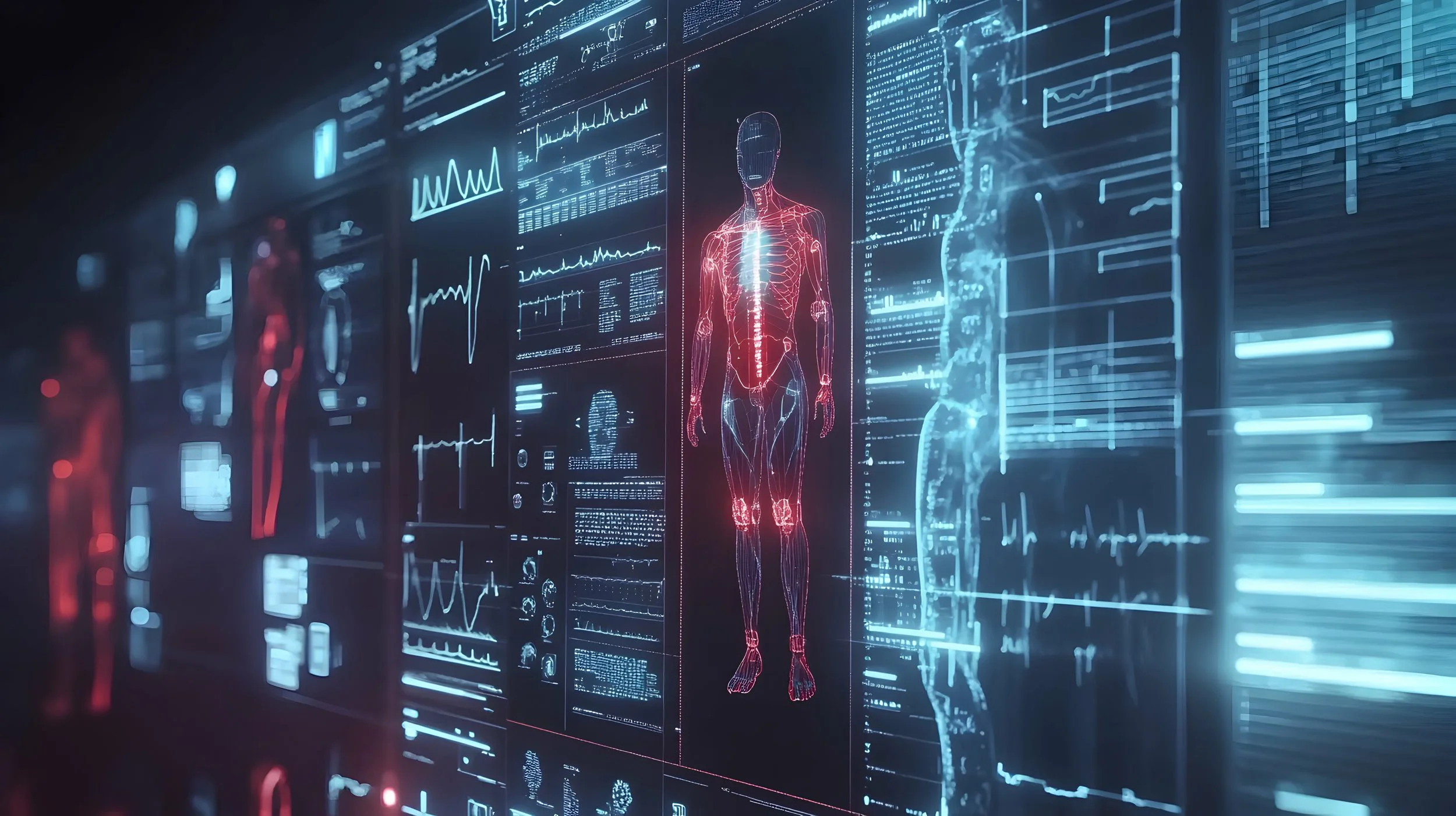ICD 10 CM Updates for 2025 Chapters 12 - 18
Welcome to Part Three of an in depth review of this year’s new ICD 10 CM diagnoses codes. Coders and CDI specialists rely on provider documentation to assign codes. More often than not third party denials and appeals rely on clinical evidence to support the assigned diagnosis. This article provides both the coding and clinical evidence to support the new ICD 10 CM codes.
There were no changes for chapters 14, 15, and 16
Chapter 12. Diseases of the Skin and Subcutaneous Tissue
Seven new codes were added to this chapter and became effective on October 1, 2024. The two main categories impacted were L29.8 Other Pruritus and the L66 family of codes for permanent hair loss due to scarring also called cicatricial.
Pruritus (itchy skin) is a symptom of several cholestatic liver diseases (CLDs). Cholestasis is characterized by the reduction or stoppage of bile flow. It is a common complication of several chronic liver diseases, leading to elevated bilirubin levels that can manifest as jaundice. Cholestatic liver diseases (CLDs) may arise from genetic, developmental, or environmental factors and can impact various stages of the hepatobiliary pathway. The presence of circulating serum bile acids in concert with other specific circulating proteins are thought to be the pruritogens responsible for the itchy skin in L29.81. https://pmc.ncbi.nlm.nih.gov/articles/PMC10226044/
L29.81 Cholestatic pruritus
L29.89 Other pruritus
Alopecia is the term used to describe hair loss in places where hair is expected to be. The L66 set of ICD 10 CM codes are used to identify permanent hair loss due to scarring. The hair follicles are irreversibly destroyed in scarring alopecia, leading to permanent hair loss. Scarring alopecias are classified as primary and secondary. According to the National Institute of Health the primary cicatricial alopecia classes are “lymphocytic, neutrophilic, and mixed.[8]” The new diagnoses all fall under the Lymphocytic primary cicatricial alopecias class. Symptoms of lichen planopilaris include small, scaly pink, violet, or red bumps around the hair follicles on the scalp, which may be itchy, and hair loss (which is usually permanent). A biopsy is usually done to confirm the diagnosis. https://www.ncbi.nlm.nih.gov/books/NBK538178/
L66.10 Lichen planopilaris, unspecified
L66.11 Classic lichen planopilaris
L66.12 Frontal fibrosing alopecia
L66.19 Other lichen planopilaris
L66.89 Other cicatricial alopecia
Central Centrifugal Cicatricial Alopecia CCCA.pdf
Chapter 13. Diseases of the Musculoskeletal System and Connective Tissue
The objective of the International Society for the Advancement of Spine Surgery (ISASS) proposal was to generate specific codes for describing pain associated with lumbar and lumbosacral degenerative disc disease. There are a variety sources of chronic low back pain (CLBP), such as discogenic, facetogenic, neurocompressive including herniation and/or stenosis, sacroiliac, vertebrogenic, and psychogenic. Discogenic back pain is a problem usually affecting the low back or lumbar region, and one of the most common causes of LBP. Intervertebral disc (IVD) degeneration is responsible for LBP in 26-42% of cases making it of the primary causes of LBP.
Both biological and biomechanical factors regulate the IVD degenerative process playing a crucial role in the pathophysiology of the degenerative process and the pain-signaling pathways that cause the clinical features of the disease. Discogenic LBP is a distinct category of back pain originating from the disc.
In October M51.36 (Other intervertebral disc degeneration, lumbar region) becomes M51.36 a parent code to the following 6th character options:
M51.360 (Other intervertebral disc degeneration, lumbar region with discogenic back pain only)
M51.361 (Other intervertebral disc degeneration, lumbar region with lower extremity pain only)
M51.362 (Other intervertebral disc degeneration, lumbar region with discogenic back pain and lower extremity pain)
M51.369 (Other intervertebral disc degeneration, lumbar region without mention of lumbar back pain or lower extremity pain)
M51.37 (Other intervertebral disc degeneration, lumbosacral region) also becomes a parent code for 2025. The 6th character codes below will be the child codes:
M51.370 (Other intervertebral disc degeneration, lumbosacral region with discogenic back pain only)
M51.371 (Other intervertebral disc degeneration, lumbosacral region with lower extremity pain only)
M51.372 (Other intervertebral disc degeneration, lumbosacral region with discogenic back pain and lower extremity pain)
M51.379 (Other intervertebral disc degeneration, lumbosacral region without mention of lumbar back pain or lower extremity pain)
Discogenic disc disease db.pdf
M51.360 Other intervertebral disc degeneration, lumbar region with discogenic back pain only
M51.361 Other intervertebral disc degeneration, lumbar region with lower extremity pain only
M51.362 Other intervertebral disc degeneration, lumbar region with discogenic back pain and lower extremity pain
M51.369 Other intervertebral disc degeneration, lumbar region without mention of lumbar back pain or lower extremity pain
M51.370 Other intervertebral disc degeneration, lumbosacral region with discogenic back pain only
M51.371 Other intervertebral disc degeneration, lumbosacral region with lower extremity pain only
M51.372 Other intervertebral disc degeneration, lumbosacral region with discogenic back pain and lower extremity pain
M51.379 Other intervertebral disc degeneration, lumbosacral region without mention of lumbar back pain or lower extremity pain
The Coordination and Maintenance presentation on the Multifidus Muscle showed it as the primary stabilizer of the lumbar spine. Additional functions included acting as a key sensor for proprioceptive input, and it contracts automatically to maintain stability (controlled involuntarily). Dysfunction of the multifidus muscle has a strong association with low back pain. Multifidus Muscle Dysfunction db.pdf
M62.85 Dysfunction of the multifidus muscles, lumbar region
The following codes were added to make tenosynovitis more site specific going forward.
M65.90 Unspecified synovitis and tenosynovitis, unspecified site
M65.91 Unspecified synovitis and tenosynovitis, shoulder
M65.911 Unspecified synovitis and tenosynovitis, right shoulder
M65.912 Unspecified synovitis and tenosynovitis, left shoulder
M65.919 Unspecified synovitis and tenosynovitis, unspecified shoulder
M65.92 Unspecified synovitis and tenosynovitis, upper arm
M65.921 Unspecified synovitis and tenosynovitis, right upper arm
M65.922 Unspecified synovitis and tenosynovitis, left upper arm
M65.929 Unspecified synovitis and tenosynovitis, unspecified upper arm
M65.93 Unspecified synovitis and tenosynovitis, forearm
M65.931 Unspecified synovitis and tenosynovitis, right forearm
M65.932 Unspecified synovitis and tenosynovitis, left forearm
M65.939 Unspecified synovitis and tenosynovitis, unspecified forearm
M65.94 Unspecified synovitis and tenosynovitis, hand
M65.941 Unspecified synovitis and tenosynovitis, right hand
M65.942 Unspecified synovitis and tenosynovitis, left hand
M65.949 Unspecified synovitis and tenosynovitis, unspecified hand
M65.95 Unspecified synovitis and tenosynovitis, thigh
M65.951 Unspecified synovitis and tenosynovitis, right thigh
M65.952 Unspecified synovitis and tenosynovitis, left thigh
M65.959 Unspecified synovitis and tenosynovitis, unspecified thigh
M65.96 Unspecified synovitis and tenosynovitis, lower leg
M65.961 Unspecified synovitis and tenosynovitis, right lower leg
M65.962 Unspecified synovitis and tenosynovitis, left lower leg
M65.969 Unspecified synovitis and tenosynovitis, unspecified lower leg
M65.97 Unspecified synovitis and tenosynovitis, ankle and foot
M65.971 Unspecified synovitis and tenosynovitis, right ankle and foot
M65.972 Unspecified synovitis and tenosynovitis, left ankle and foot
M65.979 Unspecified synovitis and tenosynovitis, unspecified ankle and foot
M65.98 Unspecified synovitis and tenosynovitis, other site
M65.99 Unspecified synovitis and tenosynovitis, multiple sites
Chapter 17. Congenital Malformations, Deformations and Chromosomal Abnormalities
Q23.81 Bicuspid aortic valve
Q23.82 Congenital mitral valve cleft leaflet
Q23.88 Other congenital malformations of aortic and mitral valves
According to NIH “Bicuspid aortic valve is the most common valvular congenital heart defect” (Bicuspid Aortic Valve: Genetic and Clinical Insights - PMC). These children are born with two valve cusps rather than the normal three. There is a tabular note under the new code Q23.81, to code also, if applicable, acquired aortic valve disorders, such as: aortic insufficiency (I35.1), aortic stenosis (I35.0), and aortic stenosis with insufficiency (I35.2). v
A Cleft in the mitral valve can occur alone or in association with other congenital heart problems. Mitral regurgitation is associated with this and the severity of the mitral regurgitation dictates whether or not surgical intervention is needed. Spectrum of cardiac lesions associated with Isolated Cleft Mitral Valve and their impact on therapeutic choices - PMC
Q87.86 Kleefstra syndrome
According to Boston Children’s Hospital Kleefstra syndrome is a rare genetic condition that affects development and involves multiple body systems. The phenotype for people with Kleefstra syndrome includes distinct facial features, developmental delay, intellectual disability, hypotonia, and communication difficulties. A mutation in a gene called EHMT1 or the deletion of a specific region of chromosome 9 that includes EHMT1 is responsible for this syndrome. As a result, Kleefstra syndrome is also referred to as 9q-syndrome, 9q34.3 deletion syndrome, and chromosome 9q deletion syndrome.
The genetic changes are considered “de novo”, which means new mutations or deletions and as such Kleefstra syndrome is rarely passed from a parent to their child. It usually happens randomly, with no past family history. Genetically people with Kleefstra syndrome have a genotype comprised of one standard copy of EHMT1 and one that does not work or is deleted. These individuals will have a 50-50 chance of passing the condition on per pregnancy. Diagnosis is made on genetic testing.
Kleefstra Syndrome | Boston Children's Hospital
Chapter 18. Symptoms, Signs and Abnormal Clinical and Laboratory Findings, Not Elsewhere Classified
R41.85 Anosognosia
A new diagnosis can be daunting for some who may proceed to reject it. Most people will eventually accept the diagnosis. When the rejection is long-lasting, and it is no longer a case of denial this refers to a condition called anosognosia. In Greek this loosely translates to a “lack of awareness or insight”.
When a person is unable to accept that their diagnosis is real despite significant evidence and despite second and even third medical opinions confirming the validity of a diagnosis this is anosognosia.
According to the National Alliance on Mental Illness (NAMI) Anosognosia in mental illness, means that someone is unaware of their own mental health condition or that they can’t perceive their condition accurately.
Anosognosia is central in conditions like schizophrenia or bipolar disorder. Early studies showed that approximately 30% of people with schizophrenia and 20% of people with bipolar disorder experienced “severe” lack of awareness of their diagnosis. This is of concern when the individual stops taking their medication and suffers from resulting psychosis or mania.
Brain imaging studies have shown that the frontal lobe area of the brain can be damaged by schizophrenia and bipolar disorder as well as by diseases like dementia. When the frontal lobe isn’t operating at 100%, a person may lose—or partially lose—the ability to update his or her self-image. This results in the loss of awareness of the patient’s condition.
https://www.nami.org/About-Mental-Illness/Common-with-Mental-Illness/Anosognosia/
ELEVATE MEDICAL SOLUTIONS: YOUR TRUSTED PARTNER MEDICAL CODING
At Elevate, we’re dedicated to helping medical coders like you excel. Stay ahead of the curve by subscribing to our blog for the latest resources, industry insights, and exclusive webinars where you can earn AHIMA-approved CEUs—all for free.
Join Our Community Today!

